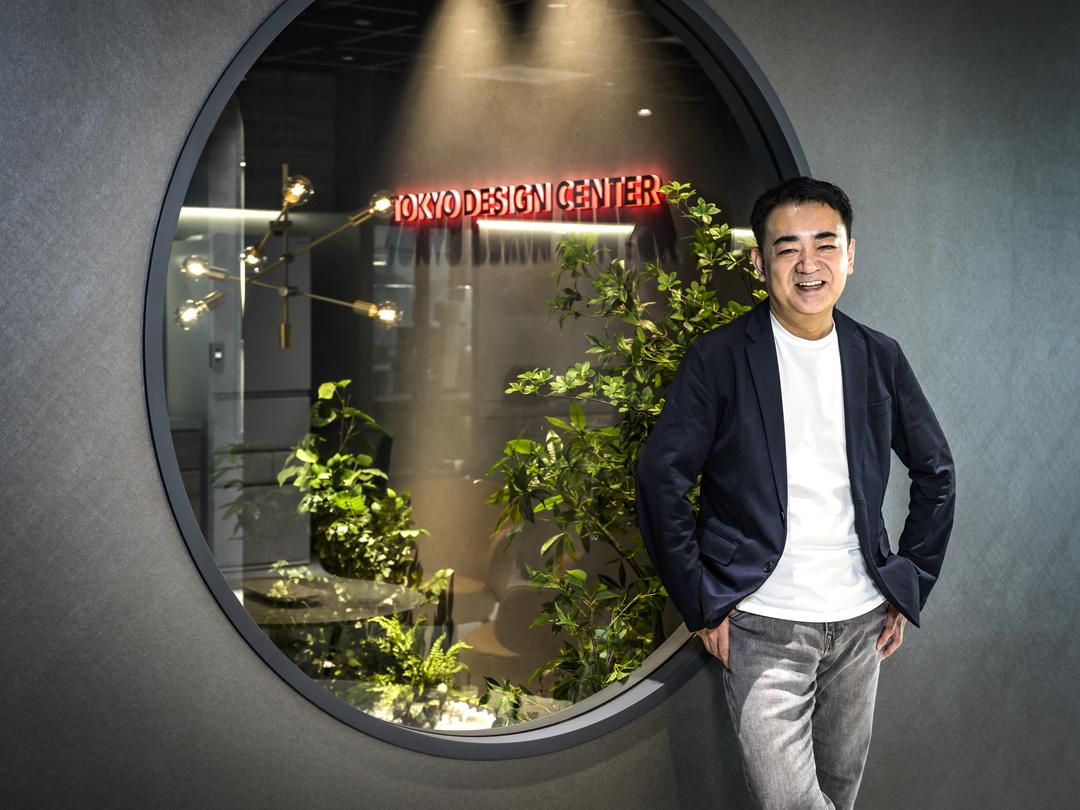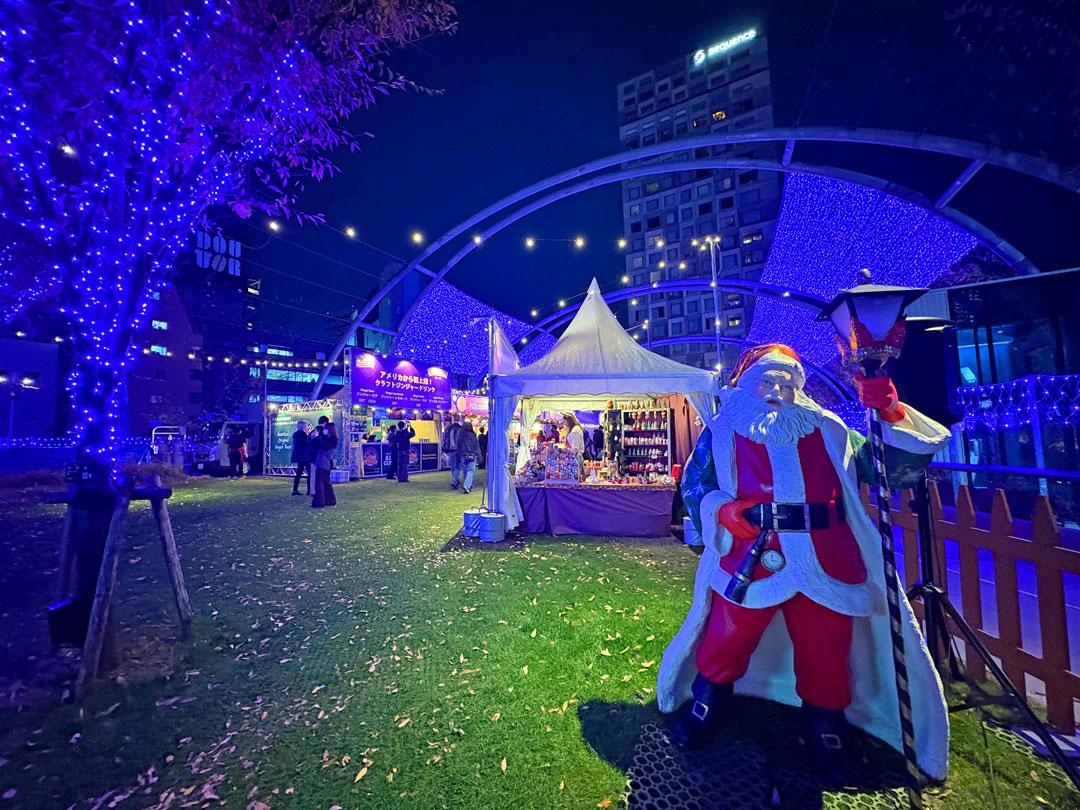SHIBUY.A. × WATCH
[Shibuya Stroll] Walking through the Shibuya 3-Chome East Area, a town brimming with history and culture
2024-06-13
Among the areas around Shibuya Station where redevelopment work is ongoing, "Shibuya 3-chome East" is within walking distance of Shibuya Station, but has many quiet residential areas, historic shrines and historical sites, and retains the atmosphere of the good old Shibuya. There are also educational facilities such as Kokugakuin University, Jissen Women's University, and Shibuya Shirane Local Museum nearby, so the image of bustling Shibuya as a downtown or business district is completely different. So this time, we'd like to take a walk through the "Shibuya 3-chome East" area, a town where history and culture live on, and observe the current state of the town.
I want to climb it! The Tower of Babel in Shibuya
Let's start our stroll from Shibuya Hikarie area, cross Aoyama-dori (Konnozaka), Roppongi-dori, and walk around the back of Shibuya Police Station. The first thing you'll see as you start walking is the imposing "Tower of Babel" of Shibuya.

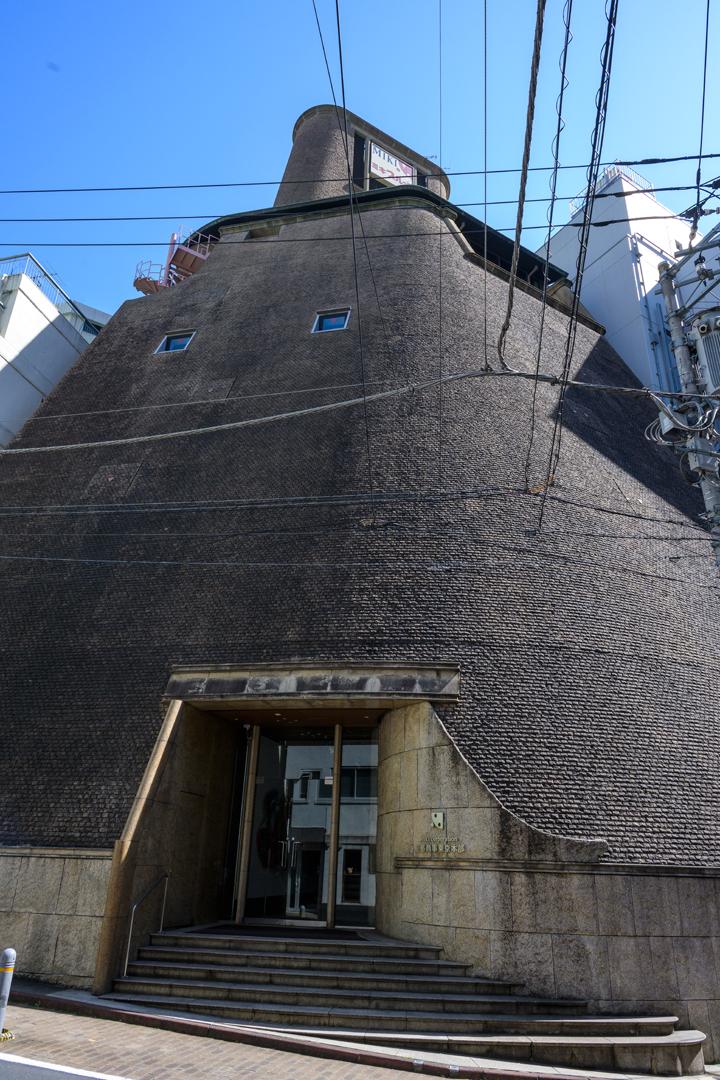
This building was designed in 1985 by architect Yuzo Nagata as the Tokyo branch office of Miki Shoji, the company known for its Miki Prune. At the time, this was the last project that Nagata, who was an employee of Takenaka Corporation, worked on before going independent, and the unique design suggests that he was not an architect suited to working for an organization.
In 2022, Miki Shoji will relocate to Shibuya Hikarie, and the building is currently used as a tenant building, occupying pop-up shops for upcycled furniture brands, among other things.
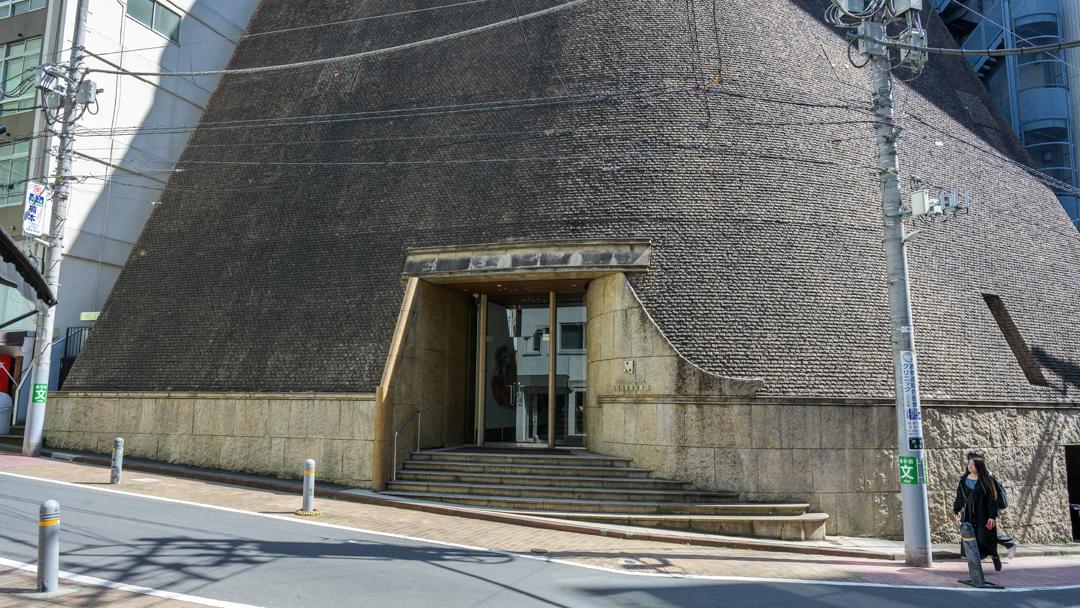
Looking up from below, the mountain is covered with such magnificent unevenness that even those who are not rock climbers will find themselves exclaiming, "I want to climb it!"
Former Sanki Shoji Tokyo branch building
Shibuya 3-9-7
From Shibuya Castle to Konno Hachimangu Shrine, the former center of Shibuya
To the left of the former Sanki Shoji Tokyo branch building stands the building of the German auto parts manufacturer Bosch Japan Headquarters. However, this spring, the headquarters moved from Shibuya to Center Kita, Yokohama, and the Bosch Cafe on the first floor closed. It's a shame, as it was a comfortable space.
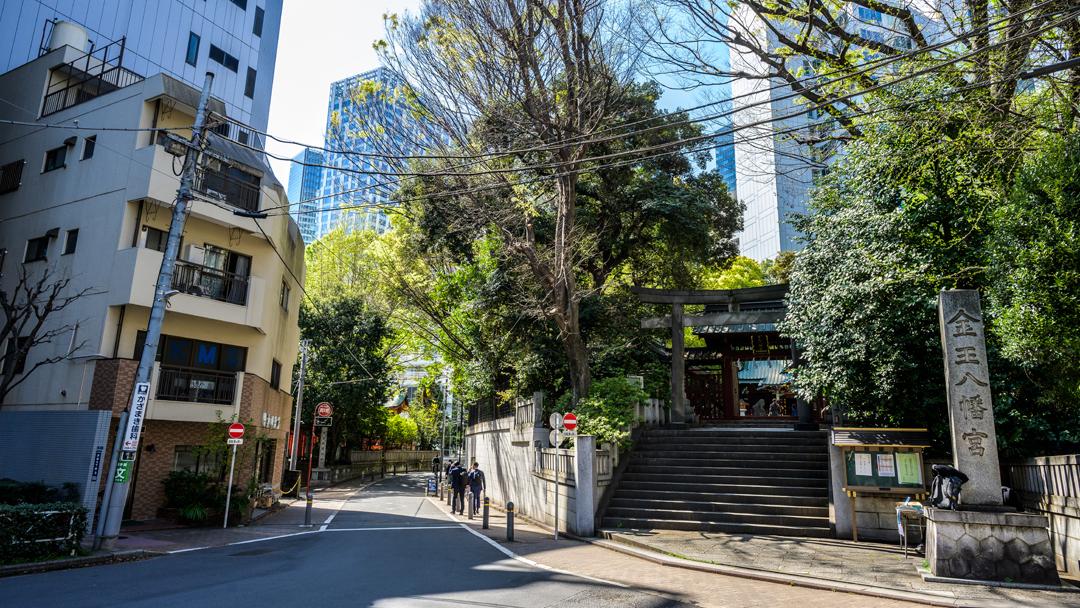
Gold king Hachiman
Further ahead is Konno Hachimangu Shrine, the guardian deity of the Shibuya Station area. During the Kamakura period, the Shibuya clan (Kawasaki Motoie), who led their clan to victory in many battles, built a castle in Shibuya-go, a land of good fortune. At that time, Hachiman, who was worshipped as the guardian deity of the Minamoto clan and the "god of military fortune," was founded in 1092. Its history stretches back 932 years, and the current shrine building was built on the site of the main citadel of Shibuya Castle. It can be seen that this was once the center of Shibuya. Take a leisurely stroll around the Hachimangu Shrine area while feeling the long history of 1000 years.
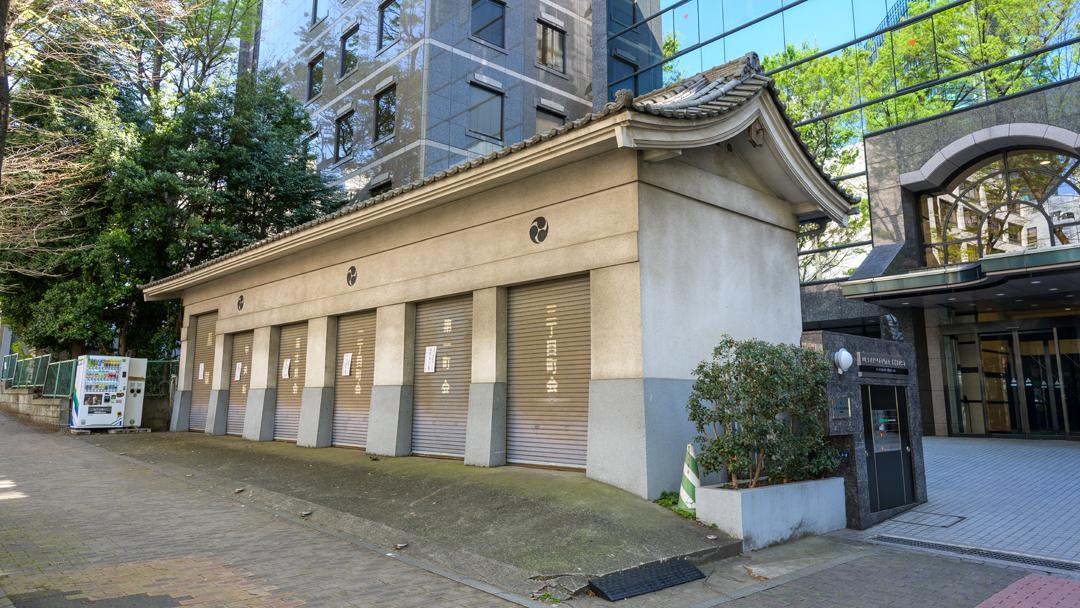
On the approach to Konno Hachiman Shrine, there is a warehouse where the mikoshi of each neighborhood association is stored. During the annual festival, the mikoshi of each neighborhood association is paraded through the streets of Shibuya, and a joint mikoshi procession is held near Dogenzaka 109.
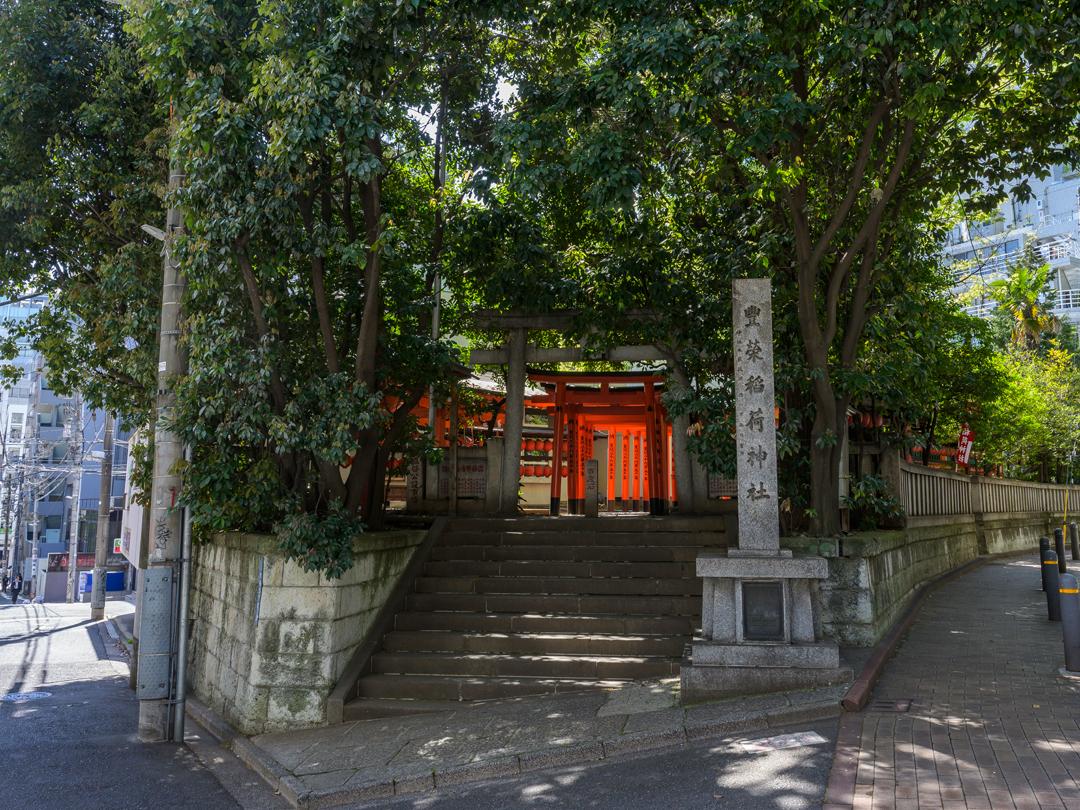
Incidentally, Toyosaka Inari Shrine, adjacent to Konno Hachiman Shrine, was founded by combining Tanaka Inari Shrine, which was located near the Inari Bridge on the Shibuya River, and Toyosawa Inari Shrine, which was located at the top of Dogenzaka.
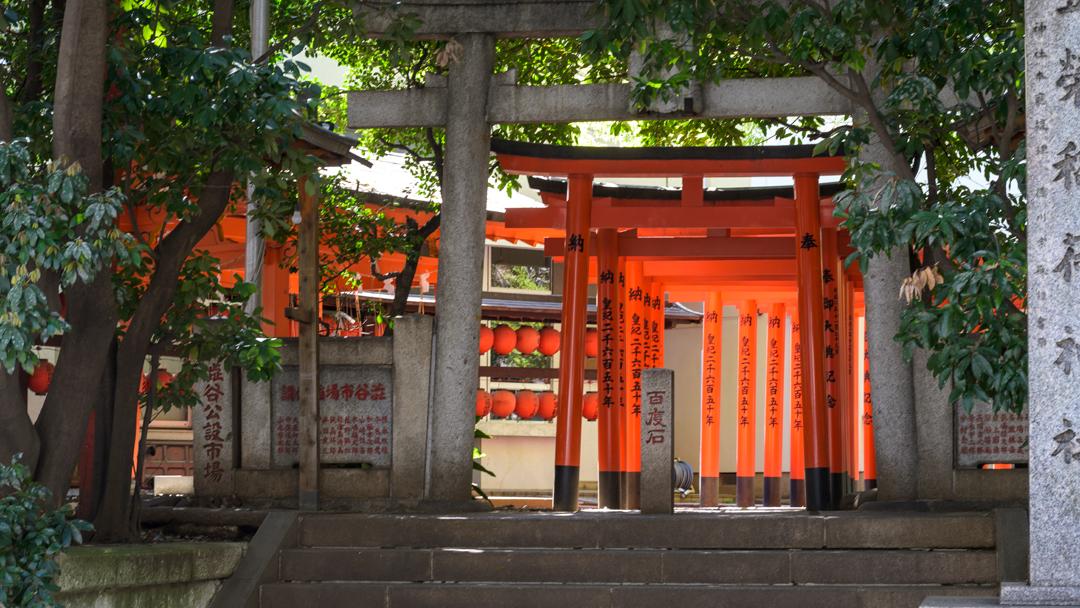
Toyosaka Inari Shrine
The sight of the rows of torii gates makes this a photogenic spot. The Toyoko Shrine, which was separated from Toyosaka Inari Shrine, was once located on the rooftop of the East Building of the Tokyu Toyoko Department Store. However, due to redevelopment work around the station, it has now been moved to the main building of the Tokyu Department Store.
Konno Hachiman Shrine/Toyosaka Inari Shrine
Shibuya-ku, Shibuya 3-chome, 5-12
- Interview with Shibuya Honsouke, the current head of the Shibuya family (2016/07/01)
- Interview with Wiltschko Florian, deputy chief priest of Konno Hachiman Shrine (2015/12/29)
- [Photo] Toyoko Inari Shrine, which was once located on the rooftop of the East Building of Tokyu Toyoko Department Store (March 2013)
Shibuya Heritage: Nostalgic Signboard Architecture
Continue along the approach to Konno Hachiman Shrine, pass under the torii gate, and you'll come to a T-junction called Hachiman-dori.

As you are looking at the large torii gate from the Hachiman-dori side, the left side of the hill is towards Namikibashi, and the right side of the hill is towards Roppongi-dori.
Going down the hill, you will come to Namikibashi Bridge, across from Meiji-dori. On the right side of Namikibashi Bridge is a narrow road, which is the ancient highway "Kamakura-do". As the famous shout of "Iza Kamakura" (Let's go to Kamakura) suggests, perhaps the Shibuya clan, who were retainers of the Kamakura Shogunate, ran along this road on their way to Kamakura.

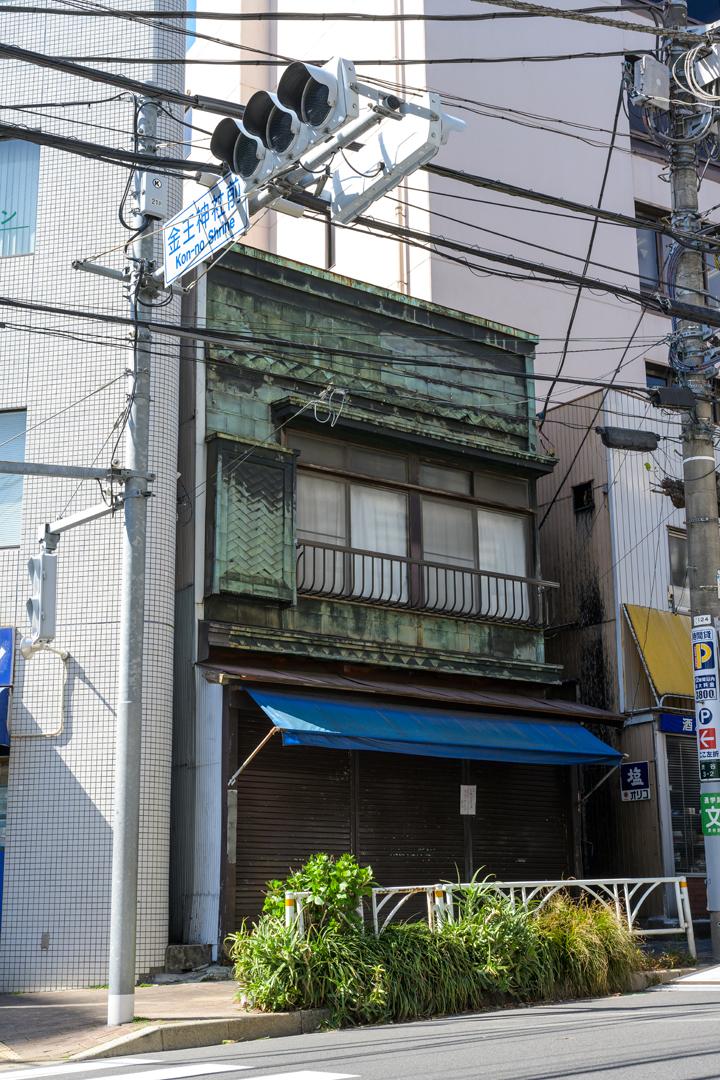
On the other hand, to the left of the T-junction (looking from the Konno Hachiman side) is Uotama, a long-established fish shop that has been in business beside the large torii gate since the early Taisho period. The store's "signboard architecture" resembles a movie set, and exudes Showa-era nostalgia. Until the early 2000s, a group of signboard buildings that survived air raids remained on Dogenzaka, but they can no longer be found around Shibuya Station. Uotama can be said to be one of Shibuya's precious legacies.
Fish ball
Shibuya 3-2-4
Metabolist architecture on Hachiman Street
On the other side of Hachiman-dori, the address changes from Shibuya 3-chome to the east. As I continued up the hill, I saw a building on my right with a geometric, angular design reminiscent of Metabolist architecture.
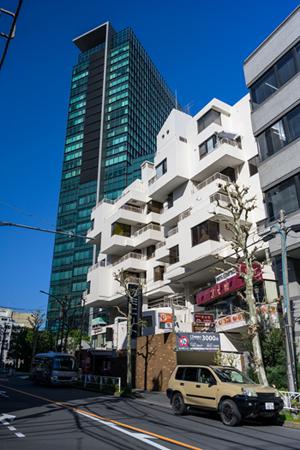
The eight-story building, built in 1978, consists of Tokiwamatsu Royal Heights, which houses apartments and offices on the middle and upper floors, and Shopping Plaza Caminito, which houses restaurants and retail stores on the lower floors.

The name "Caminito" means "lane" in Spanish, and the uneven tenant spaces are designed to create an interesting lane, backstreet, or back alley feel. The architect is unknown, but the unique design and spatial composition give this designer property an artistic feel, so be sure to check it out.
Tokiwamatsu Royal Heights/Shopping Plaza Caminito
Shibuya-ku Higashi 1-3-1
Pilgrimage to the Boy and the Beast holy land, Shibuya Library
If you enter the alley next to the cafe "REC COFFEE" (formerly Coffee House Nishiya) along Hachiman-dori Street, you will find a quiet residential area. It is used as a school route for Kokugakuin University, and there is a constant stream of students. If you go along the road next to Jissen Women's Academy High School, you will see the brick building of the former Shibuya City Shibuya Library on your right.
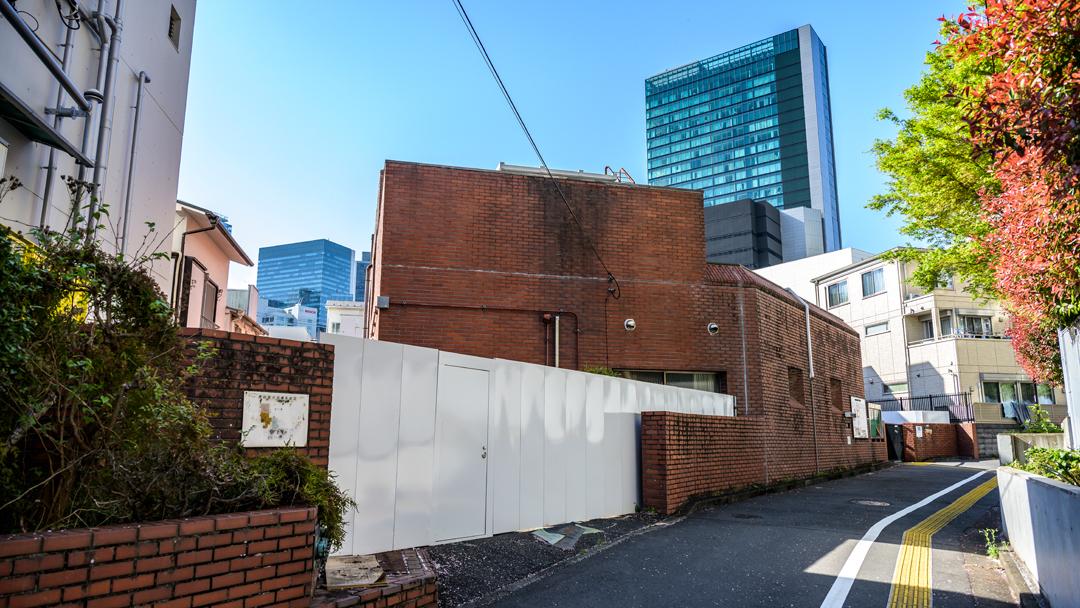
The building, built in 1977, looks like a small library in photos, but in reality it is two stories above ground and two stories below. It was the second largest library in Shibuya Ward after the Central Library, but due to deterioration, it closed on March 31, 2022, much to everyone's regret.
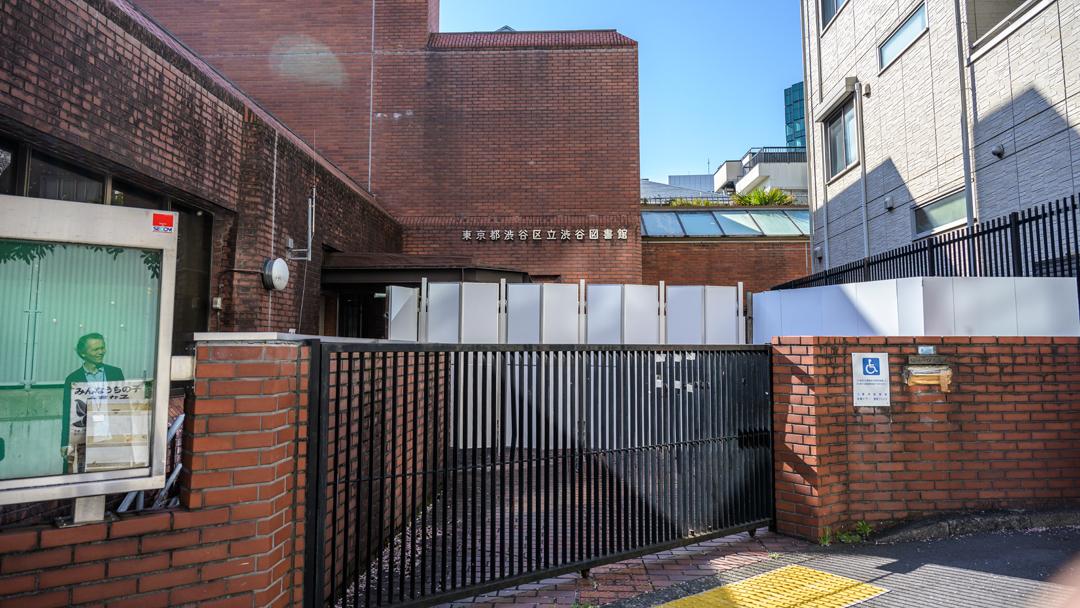
Many people will have a feeling that they've seen this place somewhere before, with its tasteful red brick exterior. In fact, this very place was the model for the library where the main characters Kyuta and Kaede meet in the anime film "The Boy and the Beast" directed by Mamoru Hosoda. It is known to anime fans as a pilgrimage spot, but unfortunately it has been decided to demolish it.
Former Shibuya City Shibuya Library
Shibuya-ku Higashi 1-6-6
The origin of the place name "Tokiwamatsu"
Furthermore, to the left of the former Shibuya City Shibuya Library is Shibuya City Tokiwamatsu Elementary School.
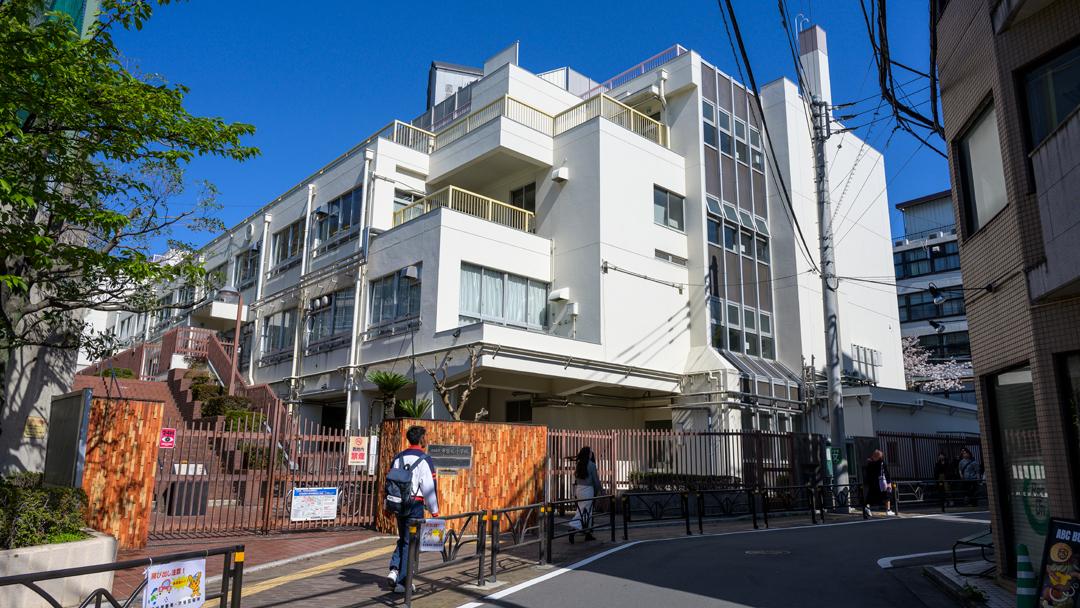
Tokiwamatsu Elementary School has a long history, having been established in 1925 (Taisho 14) as Shibuya Municipal Tokiwamatsu Elementary School in Toyotama County, Tokyo Prefecture. The name "Tokiwamatsu" comes from a magnificent pine tree that was over 400 years old and was said to have been worth 1,000 ryo, located near the current "Tokiwamatsu Imperial Villa" (Higashi 4-chome, Shibuya Ward). The name comes from the legend that this pine tree was planted by Minamoto no Yoshitomo's wife, Tokiwa, but the kanji was changed to "ishi" (stone) because the word "plate breaks" is considered unlucky. The area that spans the current Higashi 1-chome, Higashi 4-chome, Shibuya 4-chome, and Hiroo 3-chome was known as "Tokiwamatsu-cho," but with the implementation of the residential address system and the change of town names in 1966 (Showa 41), it was divided into the current Higashi and Shibuya.
Incidentally, until the end of the Edo period, this area was a special region of the Shimazu clan of the Satsuma domain, but from the Meiji period onwards it became the "Imperial Dairy Farm," which provided milk to the Imperial Family, and has since transformed into the Imperial Villa and educational district that it is today.
Shibuya Ward Tokiwa pine elementary school
Shibuya-ku Higashi 1-7-10
Shibuya Ward's Oldest Shrine and the Site of Konno Sumo
If you turn left at the road that intersects with Tokiwamatsu Elementary School, you will find Kokugakuin University, and further ahead is Shibuya Ward Shirane Memorial Hall and the Hitachinomiya Residence.
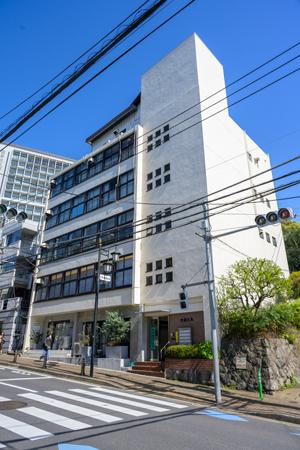
Oizumi Building: A modern building that's hard to believe is 60 years old
For this walk, cross the crosswalk at the "Shibuya Library Entrance" in front of Tokiwamatsu Elementary School, then walk along the path next to the "Oizumi Building (1963)" ahead. After a while, you will arrive at "Shibuya Hikawa Shrine."
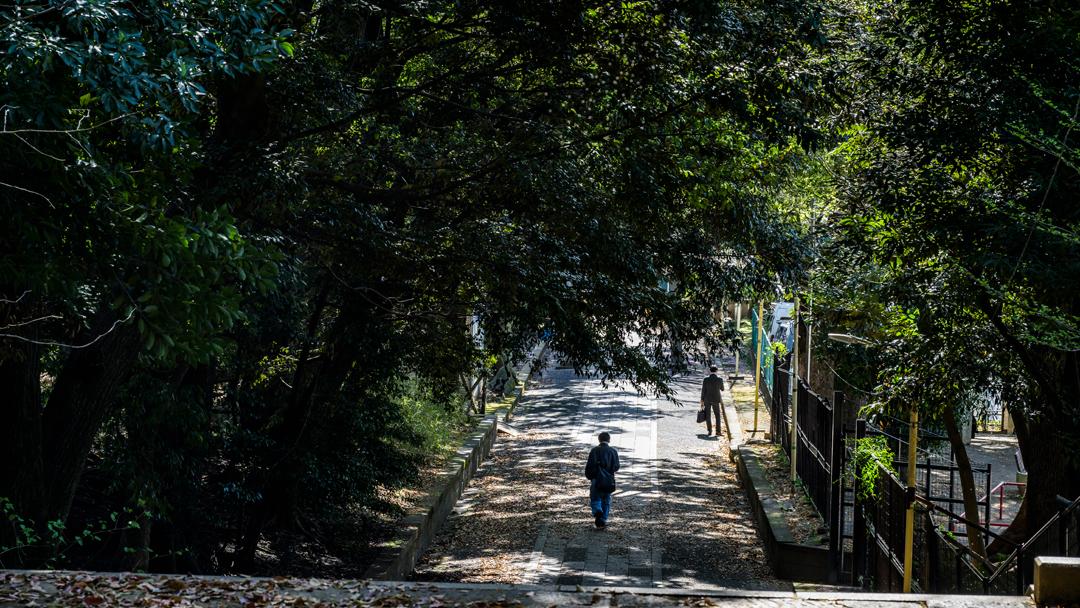
The approach to Shibuya Hikawa Shrine. The approach is lined with trees, making it quiet and comfortable.
Hikawa Shrine is said to be the oldest shrine in Shibuya Ward. According to its website, Emperor Keikō's son Yamato Takeru welcomed Susanoo to this area when he was on an expedition to the east. He could be a mythical character found in the Nihon Shoki and Kojiki, but if he actually existed, he could date back to the late Yayoi period to the Kofun period. In any case, it is clear that this is a shrine with a long history.
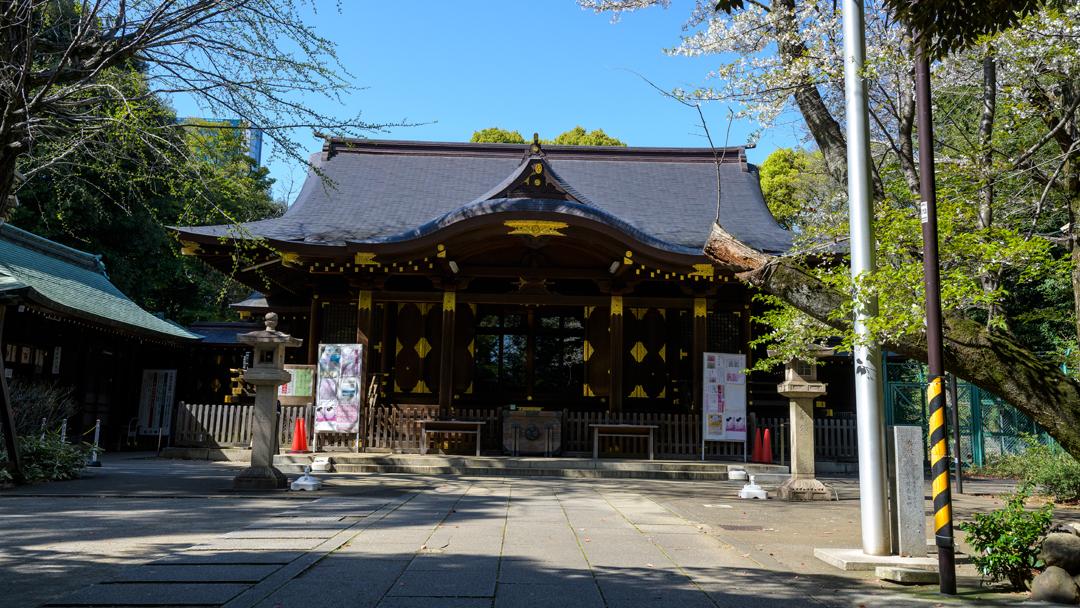
Shibuya Hikawa Shrine's main hall
The deities enshrined are Susanoo, Kushinadahime, Oonamuchinokami, and Amaterasu-sume-okami. As Susanoo and Kushinadahime are husband and wife, a "marriage prayer festival" is held on the 15th of every month, in honor of "Good Relationship Day." Only on the 15th are "marriage prayer stamps" with designs of heart marks and ribbons distributed.

Adjacent to a park where local children play, the grounds contain the remains of a sumo ring where "Konno Sumo" was held. It is counted as one of the three major sumo tournaments in the suburbs of Edo, along with "Setagaya Hachiman Shrine" and "Oi Kashima Shrine." On the national holiday of September 29th, in addition to a votive sumo tournament by sumo wrestlers, there is also a tournament in which villagers who boast of their strength take part, and it is said to have been so popular that it attracted spectators from the town of Edo.

The name "Konno" comes from Shibuya Konnomaru, a legendary hero born from Shibuya Castle. During the Edo period, kabuki with Shibuya Konnomaru as the main character became so popular that the shrine, originally called "Shibuya Hachiman-gu," was renamed "Konno Hachiman-gu." Furthermore, it is said that the "Konno Sumo" at Hikawa Shrine was also named after the influence of kabuki. This shows that at the time, sumo was a popular sport and form of recreation, and kabuki was the ultimate form of entertainment.
Shibuya Hikawa Shrine/Konno Sumo Site
Shibuya-ku Higashi 2-5-6
The origins of Shibuya
Immediately after leaving the large torii gate of Hikawa Shrine, you will find the Shibuya City Hikawa Community Center.
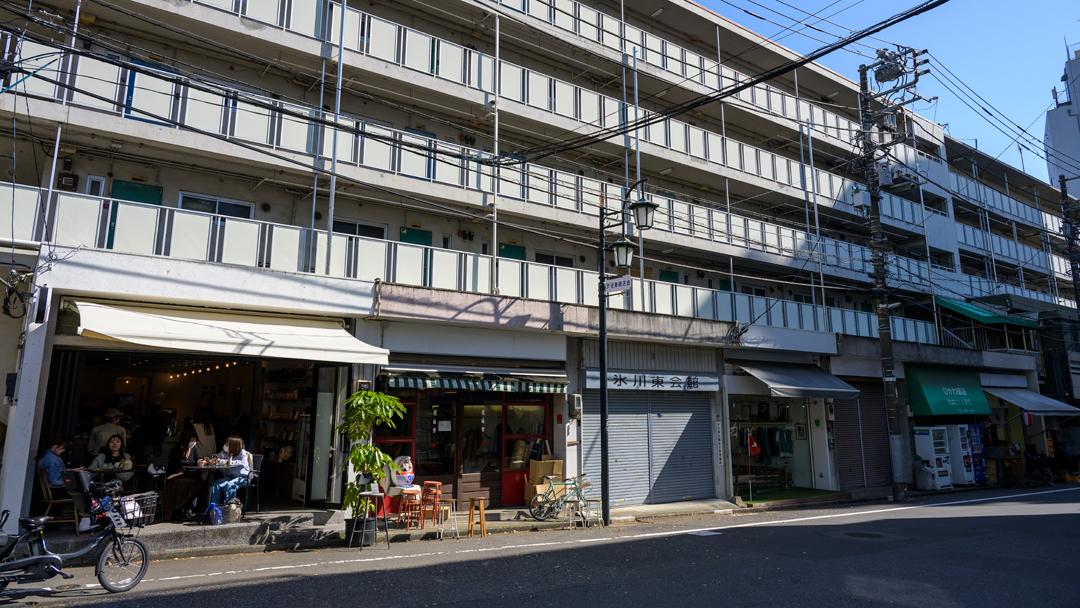
The retail space on the first floor of the Civic Hall is home to WOODBERRY COFFEE Shibuya, a popular coffee shop among young women.
Originally, the Shibuya Town Hall was located here, and it is an important place in the history of Shibuya Ward. In 1889 (Meiji 22), the villages of Kami-Shibuya, Naka-Shibuya, and Shimo-Shibuya in Minami-Toshima County and Shibuya Miyamasu-cho in Akasaka Ward merged to form Shibuya Village. In 1909 (Meiji 42), the area was elevated to Shibuya Town in Toyotama County, and the Shibuya Town Hall was opened here.

In 1932 (Showa 7), Tokyo City (now Tokyo Metropolitan Government) incorporated 82 towns and villages from the surrounding five districts, establishing 20 wards and reorganizing the area into 35 districts. At that time, Shibuya Town in Toyotama District was merged with the neighboring towns of Sendagaya and Yoyogi, forming today's Shibuya Ward. Shibuya Town Hall continued to be used as the town office even after the ward was created, and in 1936 (Showa 11), it was moved to Jinnan 1-chome (the former Denryokukan). In 1965 (Showa 40), the office was moved to its current location in Udagawacho. As such, this area is the site of Shibuya Ward's oldest shrine and first office building, making it the very origin of Shibuya Town's history.
Shibuya City Hikawa Civic Hall
Shibuya-ku Higashi 2-20-18
Who was Hanawa Hokiichi, the man that Shibusawa Eiichi respected?
Another historic facility worth visiting is the Hanawa Hokiichi Historical Museum (Onkogakkai Hall), located next to Hikawa Shrine. Its modern appearance exudes the taste and elegance of a long history, and even if you don't know the name Hanawa Hokiichi, you'll find yourself stopping in your tracks.
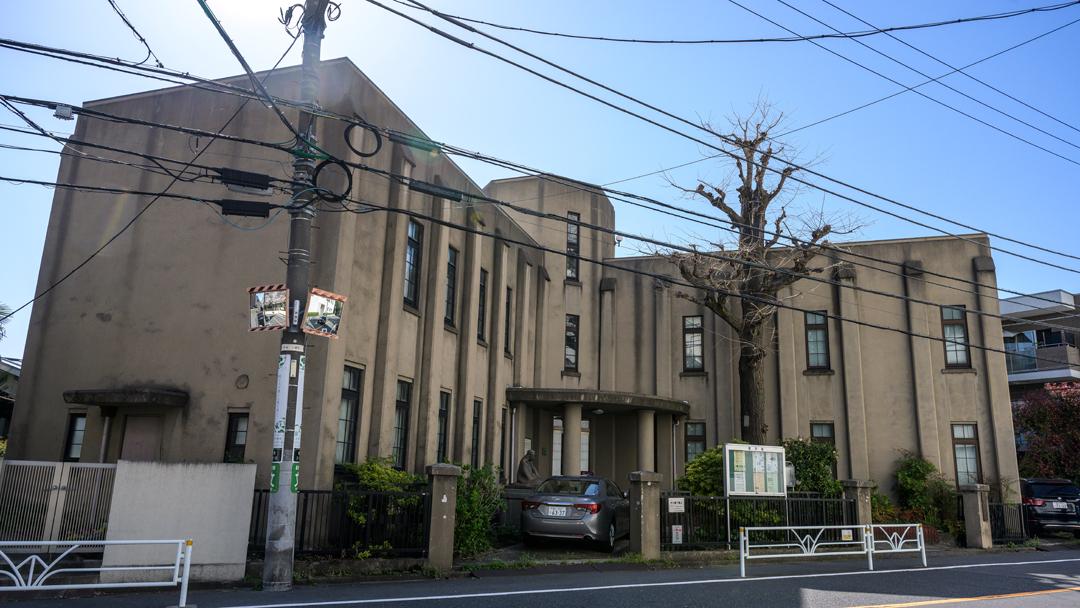
The Hanawa Hokiichi Historical Museum (Onkogakkai Hall), built in 1927 (Showa 2)
So, what kind of person was Hanawa Hokiichi? He is known as a blind scholar of Japanese literature who was active in the late Edo period. He became blind due to an illness at a young age, but he applied himself to his studies with his natural hard work and ambition. He had a particularly gifted memory, and over the course of his life he is said to have memorized what are said to be 60,000 volumes of documents without making a single mistake. His compilation of the Gunsho Ruiju, a massive collection of 666 volumes of documents, is regarded as a great achievement in the history of Japanese academia.
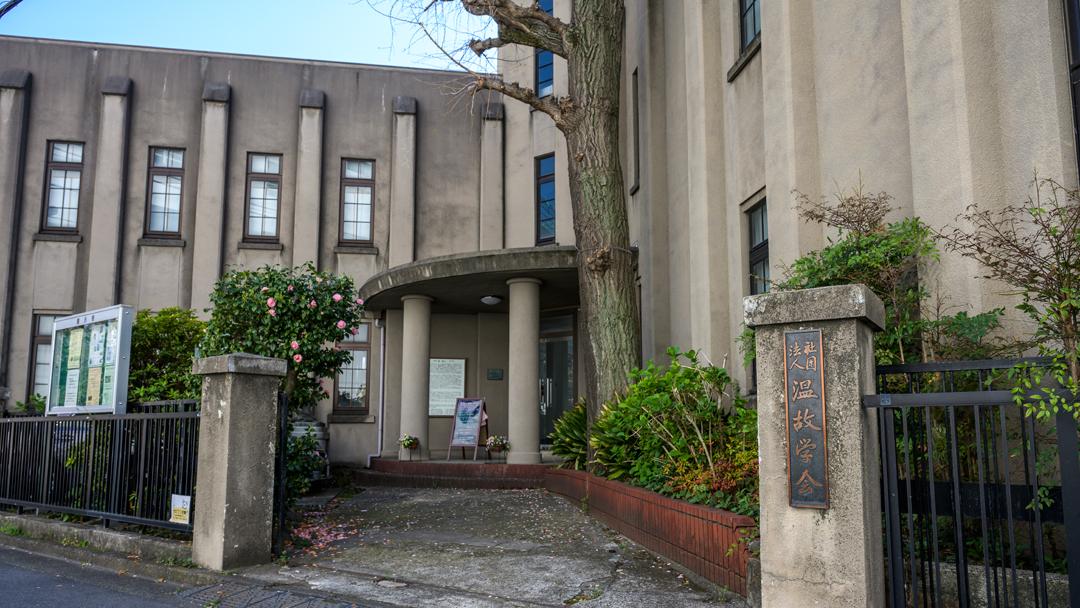
In order to preserve Hokiichi's achievements for future generations, the Onkogakkai was founded in 1909 (Meiji 42) by Shibusawa Eiichi, Imperial Court Advisor Inoue Michiyasu, Doctor of Literature Haga Yaichi, and Hokiichi's great-grandson Hanawa Tadao. In 1927 (Showa 2), the Hanawa Hanawa Hokiichi Historical Museum (Onkogakkai Hall) was completed for the purpose of managing and preserving the Gunsho Ruiju woodblock prints (a national important cultural property, 17,244 pieces). Incidentally, Helen Keller is also known as the person she looked up to in her childhood, and she visited the museum when she came to Japan and is said to have shown her heartfelt respect for Hokiichi's achievements.
Learning from the experience of the Great Kanto Earthquake, the building was constructed of reinforced concrete with a basic principle of being sturdy, earthquake-resistant and fire-resistant. Although it is already 97 years old, its appearance and dignity remain unchanged.
Hanawa Hokiichi Historical Museum (Onkogakkai Hall)
Shibuya-ku Higashi 2-9-1
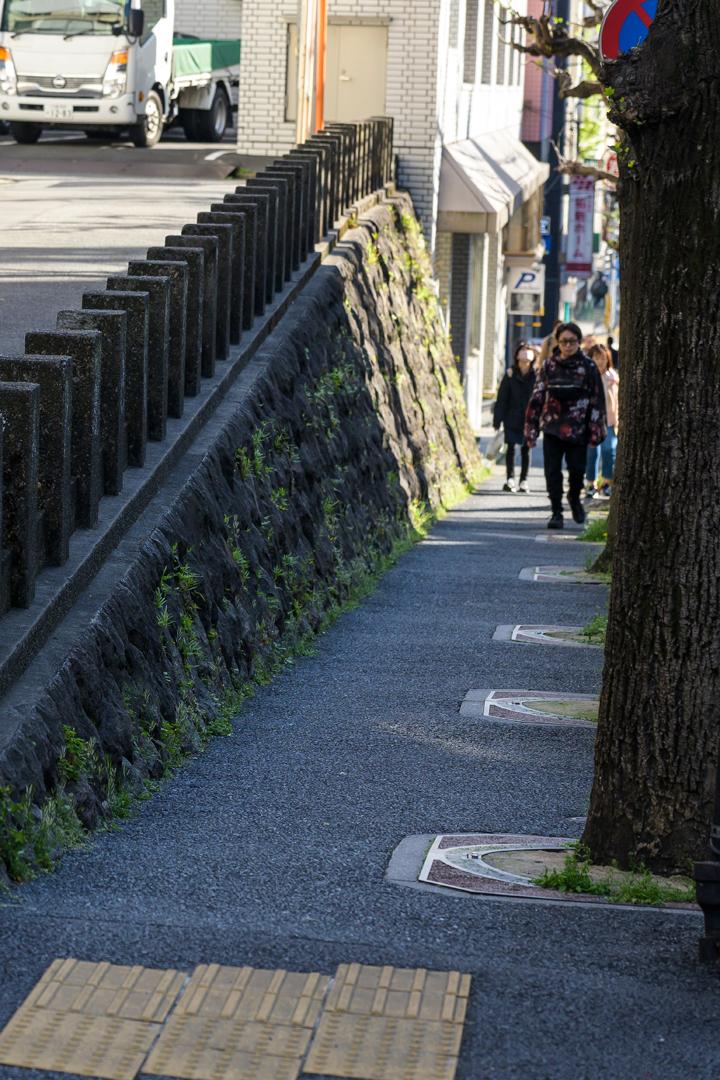
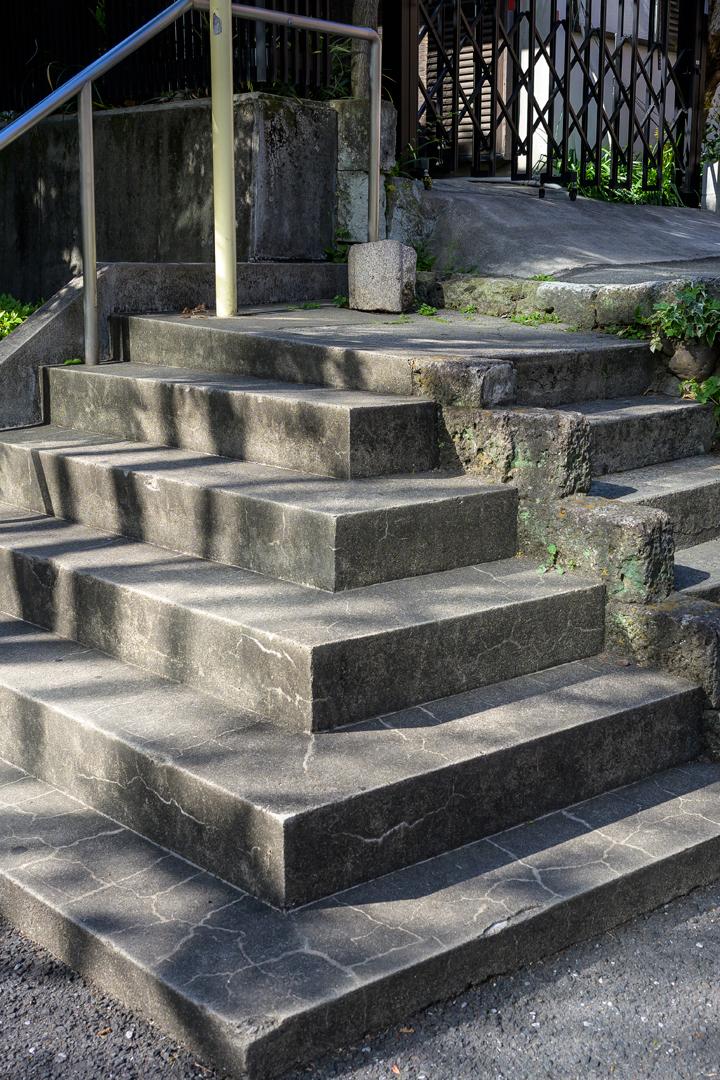
If you walk around the east area of Shibuya 3-chome, you can really feel that the area is hilly. Compared to the west side of the Shibuya River, there are many slopes and steps, and many people may find it difficult to walk. This topography is probably related to the fact that this area was originally the residence of the Shibuya clan. The western slope of Konno Hachiman Shrine is thought to have been inside the moat (inside the moat of Shibuya Castle), and the lowlands from the west to the south may have been a water moat that used the Shibuya River. It can be said that the hilly topography was a very important element in building the castle. Today, this area is home to facilities such as the Shibuya Ward Shirane Memorial Museum of Local History and Literature, Kokugakuin University Museum, Hikawa Shrine, and Konno Hachiman Shrine, making it one of the leading educational districts in Tokyo. Because it is on high ground, it is less susceptible to flooding from the Shibuya River, which used to flood repeatedly, and it can be said that it was a suitable place to store cultural assets. The topography may have had a significant impact on the formation of the town.

What's more, from the hilltop you can enjoy a panoramic view of the Shibuya cityscape. Why not forget the hustle and bustle of Shibuya and enjoy a stroll through the Shibuya 3-Chome East area, where history and culture live on.
We recommend that you end your walk by washing off the sweat at Kairyo-yu, a long-established public bathhouse that has been in business for over 100 years. Why not soothe your tiredness from your walk and refresh both your body and mind?
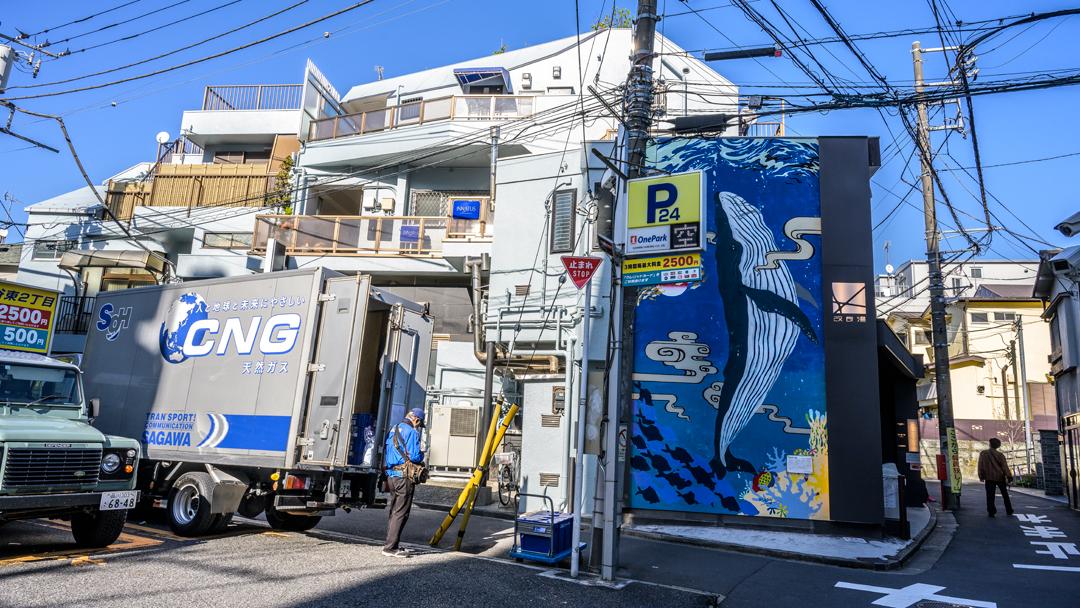
Kairyo-yu (2-19-9 Higashi, Shibuya-ku). Look for the picture of a whale. When you go for a walk, you might want to bring along a bath set, including a towel and sauna hat.
Photography by Matsuba Osamu
![[Shibuya Stroll] Walking through the Shibuya 3-Chome East Area, a town brimming with history and culture](https://biz.shibuyabunka.com/storage/images/watch/1718190171.jpg)
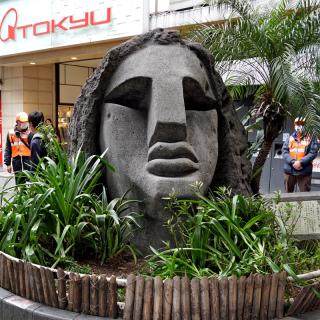
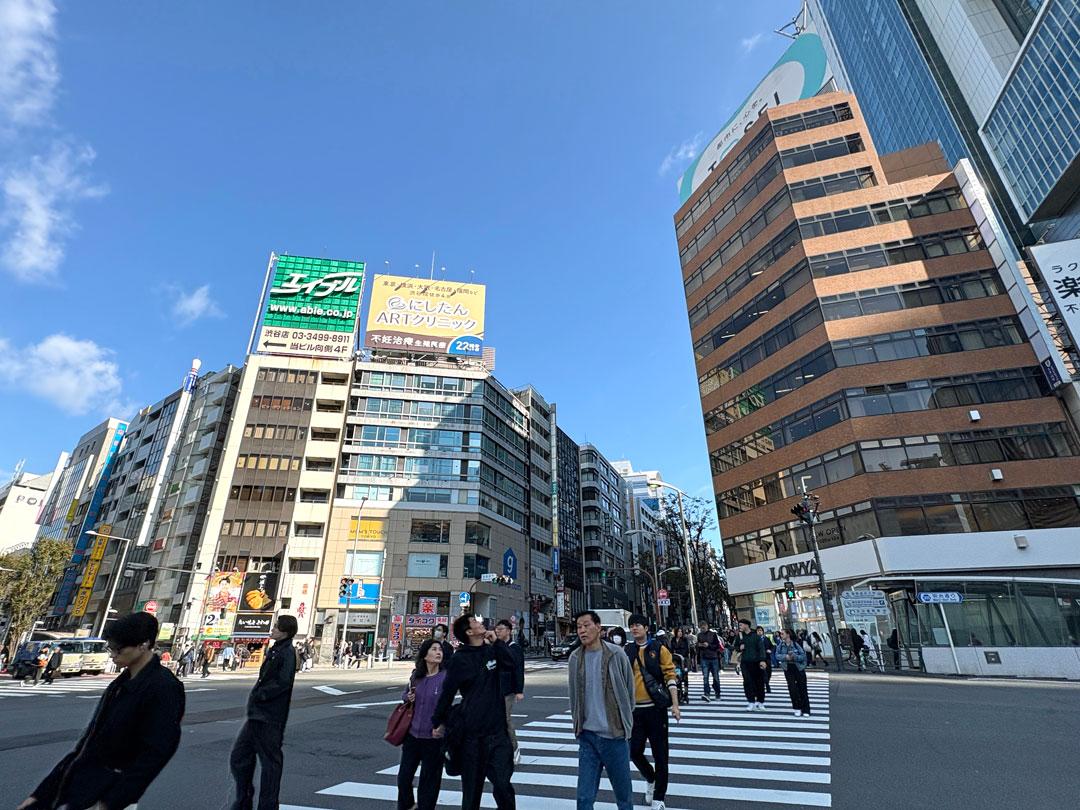
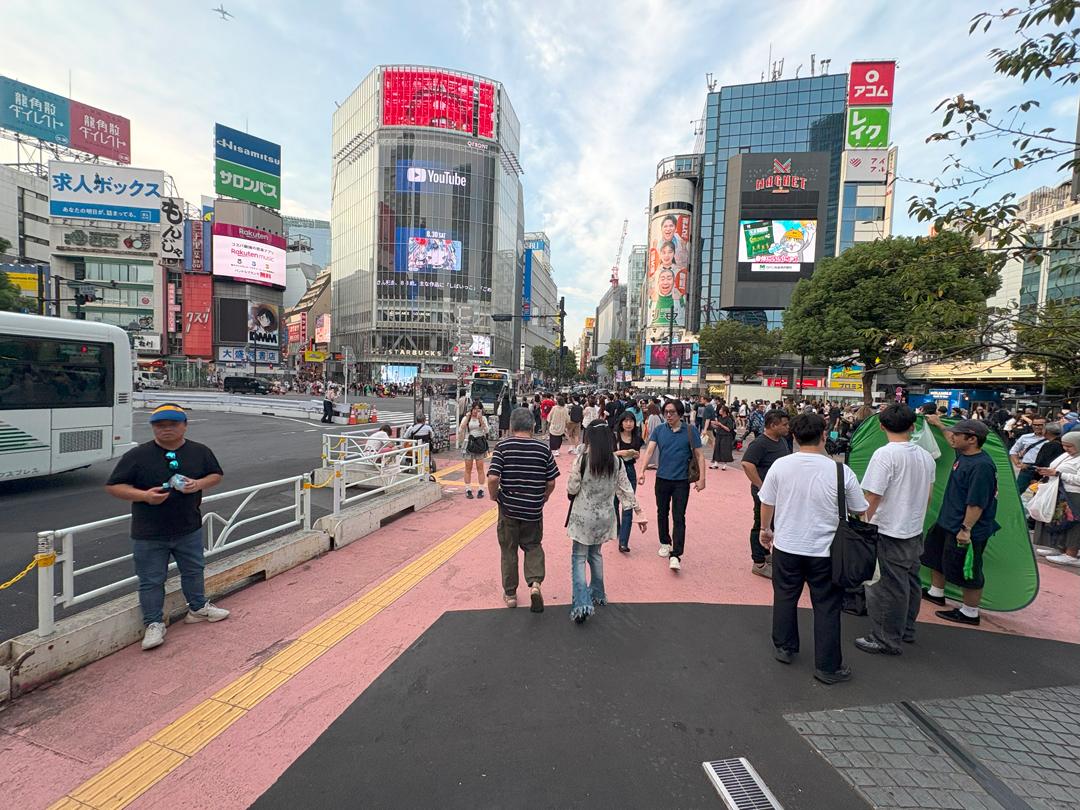
![[Shibuya Stroll] Shibuya's hilltop scenery ─ Walking around the "Shibuya 2-chome West area" before redevelopment](https://biz.shibuyabunka.com/storage/images/watch//1751287053.jpg)


